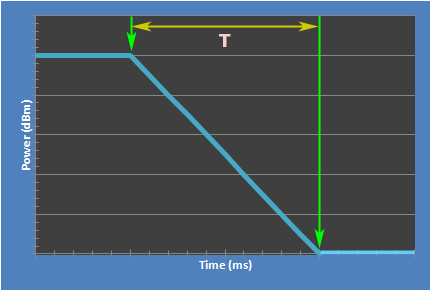Is your fiber optic network infrastructure resilient enough to be deployed for high availability applications? Or, if you are an optical equipment vendor, does your product meet the customer network failover expectations? Not until you confirm it with our Layer1 fiber-cut simulation switch.
Echola Systems' fiber-cut switches simulate fiber cuts to test optical fiber network failover scenarios and help automate the same in manufacturing QA or engineering test labs. The automation of fiber-cut failure detection saves regression effort and time in testing software/hardware components that detect these failures and switch to redundant/backup network elements. A typical application involves SONET, SDH, ATM, DWDM, Ethernet, and Fibre Channel switches that use optical uplinks with Automatic Protection Switching (APS) or similar protection and restoration features.
The traditional optical-electrical-optical (OEO) conversion switches cannot be used to simulate physical-layer fiber-cut faults as they introduce latency. Additionally, these devices require expensive transceivers for each port/speed/protocol. On the other hand, Echola Systems' fiber-cut switches use MEMS VOA (variable optical attenuator) chips to directly block the light flow with a response time of less than 5 ms. Furthermore, because these are Layer-1 switches, they can be used with any protocols (Ethernet, Fibre Channel, SONET, etc.) and at any speed (1G, 4G, 10G, 40G, 100G, etc.). In addition, the MEMS VOA chips used in our products are in full compliance with the Telcordia 1209 and 1221 reliability standards.
VFC series fiber-cut switches allow the configuration of the switching delay and attenuation to simulate real-world fiber-cut scenarios. In real-life scenarios, the fiber cable cut is not always clean. In other words, the fiber is stretched before it's torn, so the power of the optical signal degrades gradually before the signal is lost completely. The following graph shows the difference between a clean and delayed cut in terms of optical power vs time.


Our fiber-cut switches allow users to configure, control, and monitor the device remotely using any standard internet browser over HTTPS or using a command-line interface via SSH. This enables the management of each port individually or in a group. The fiber-cut switches can be automated using a RESTful API or any legacy CLI-based automation tool like TCL or MIB/SNMP.




